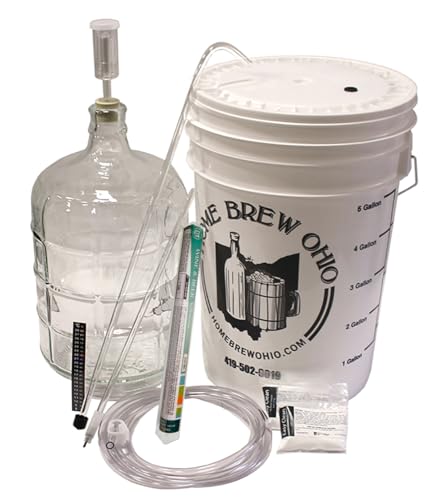buttonsrtoys
Member
- Joined
- Feb 25, 2017
- Messages
- 36
- Reaction score
- 2
I bulked aged a kit of Cab Sauv (Costco Canada, Argentia Ridge) for 4 months in a fairly cool environment (~65F). I just tapped it and its quite fizzy. It's only my 8th kit, so read up on it and the consensus seem to be that it needs more degassing. I put my whip to it for 45 minutes, and it created quite a froth on the top, but it never seemed to abate. I read a lot of people having success with a brake bleeder, so I picked one up today and pumped my carboy up to 20"+ but and getting not bubbling? The pump is holding steady at 20", though I've only had it on for 30 minutes. Do I need to wait longer?
Attached is a pic of what I'm seeing. (My carboy is quite low because I racked it to its primary fermenter last night and there was an "incident". Also, the bubbles on the top are because I gave it a quick swirl to see if it would kick things off, but it didn't -- there's no movement in the bubbles.)
Do I need an additive to facilitate degassing? I've also read that heat can make a difference, though would I really get no bubbling? (I just put my heat pad under it, just in case).
Any thoughts or advice welcome! Regarding the taste, its quite good for a 4 mos. of ageing (aside from being fizzy).

Attached is a pic of what I'm seeing. (My carboy is quite low because I racked it to its primary fermenter last night and there was an "incident". Also, the bubbles on the top are because I gave it a quick swirl to see if it would kick things off, but it didn't -- there's no movement in the bubbles.)
Do I need an additive to facilitate degassing? I've also read that heat can make a difference, though would I really get no bubbling? (I just put my heat pad under it, just in case).
Any thoughts or advice welcome! Regarding the taste, its quite good for a 4 mos. of ageing (aside from being fizzy).























































